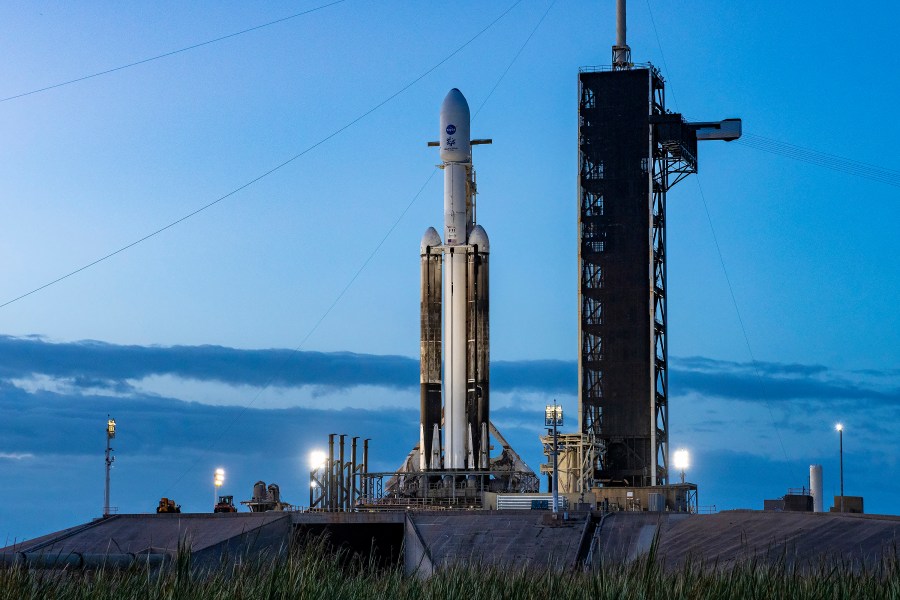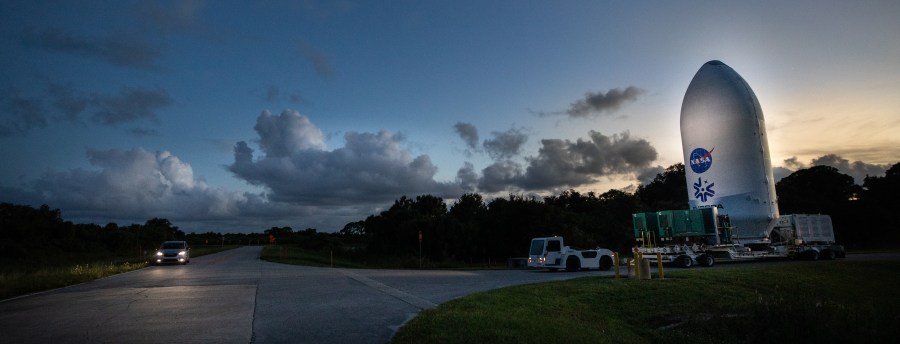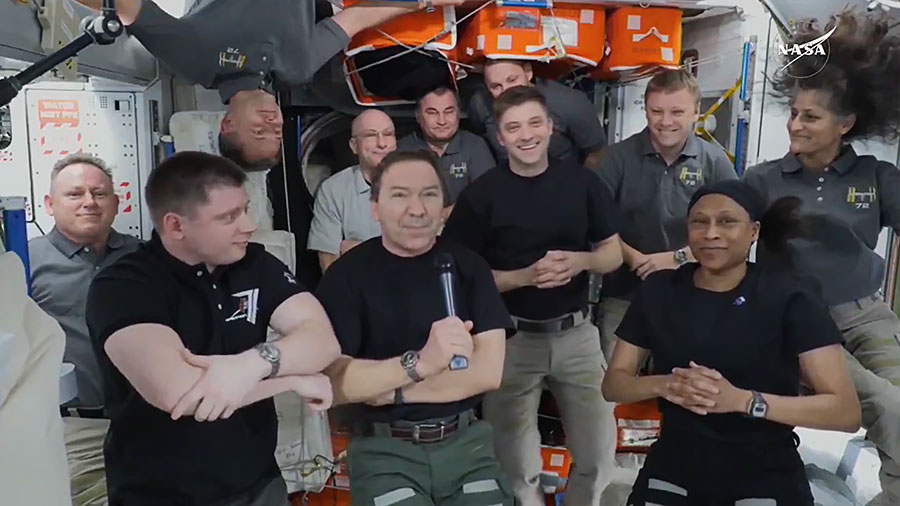We remain a “go” for launch, with the latest weather update from the U.S. Space Force’s 45th Weather Squadron predicting a 95% chance of favorable weather today for liftoff. The primary weather concern for the launch area is the cumulus cloud rule. Teams continue targeting liftoff of NASA’s Europa Clipper mission at 12:06 p.m. EDT …
Weather Extremely Favorable for Today’s Launch
































